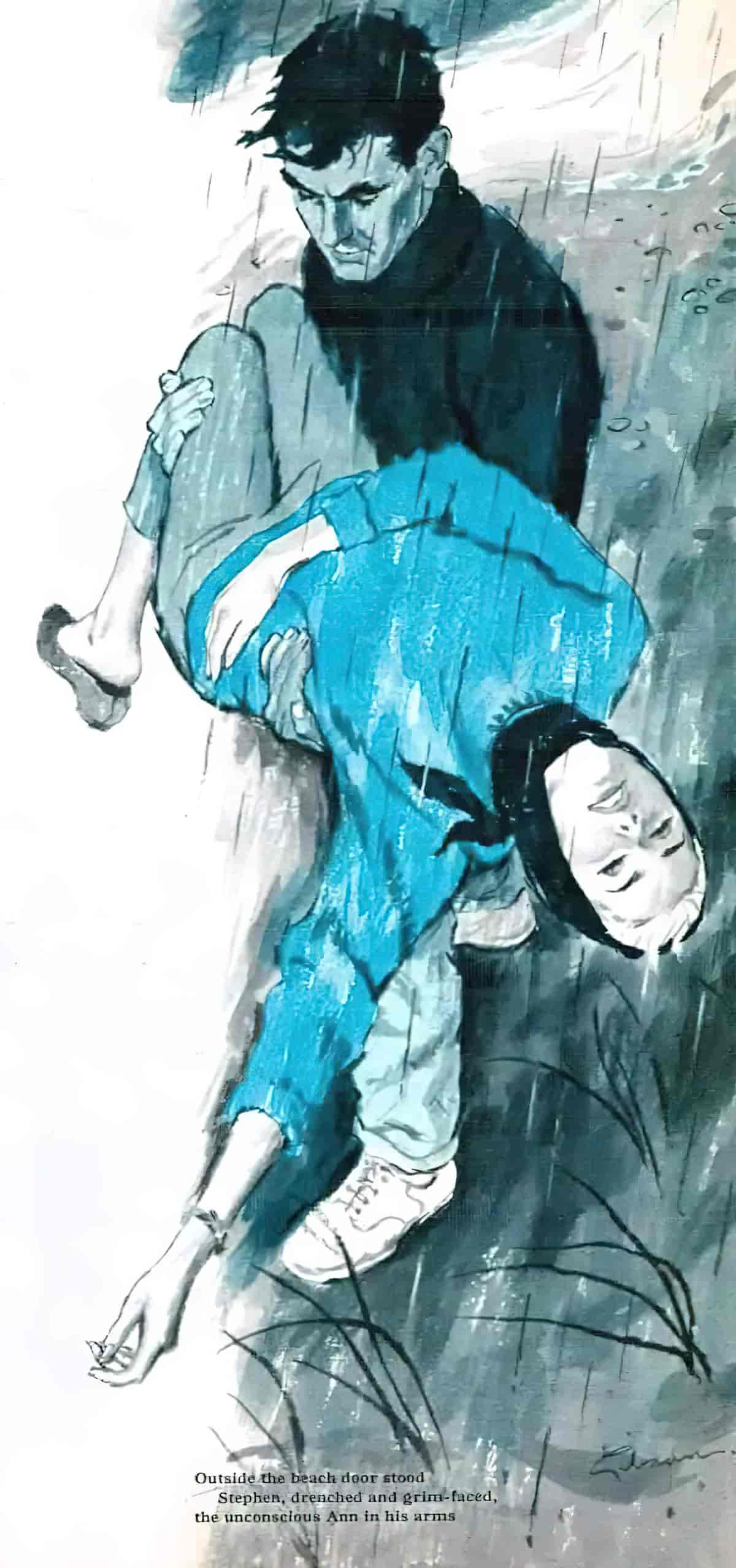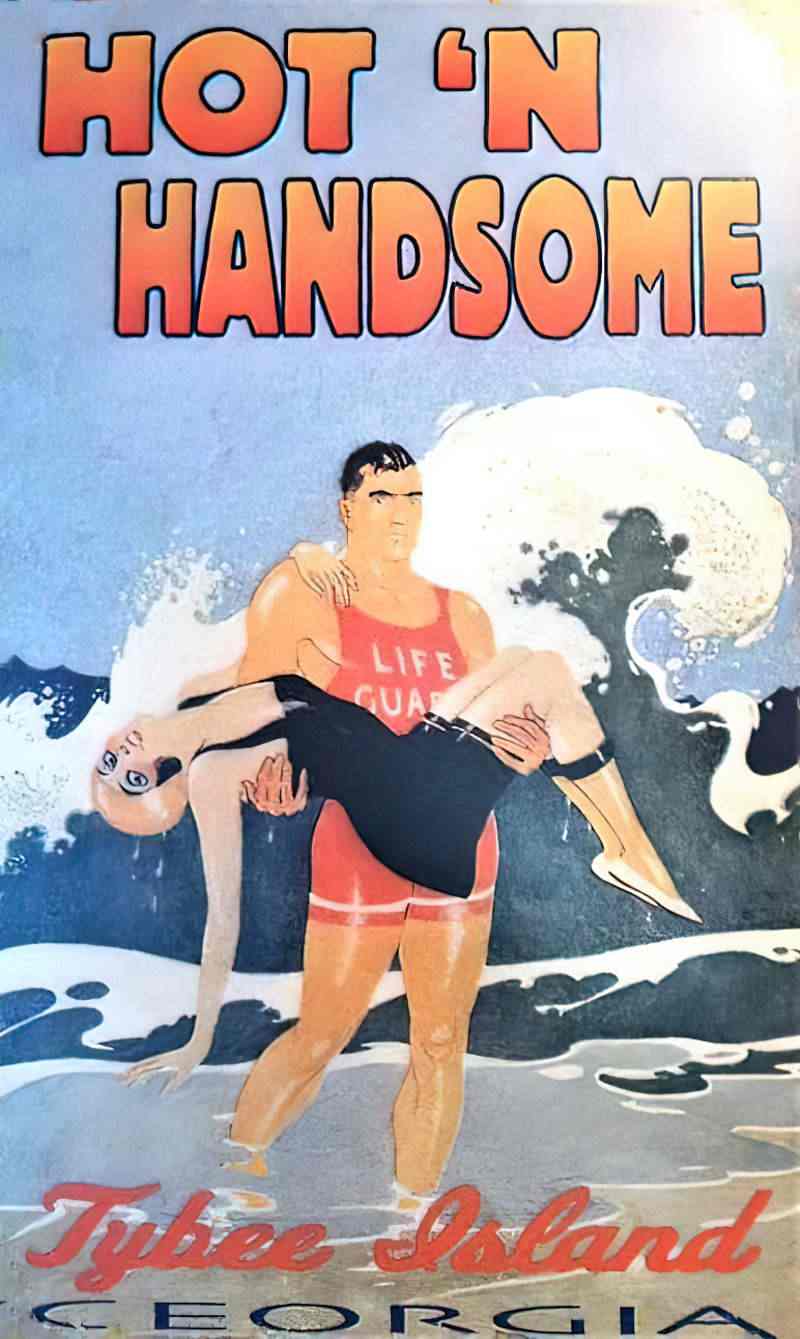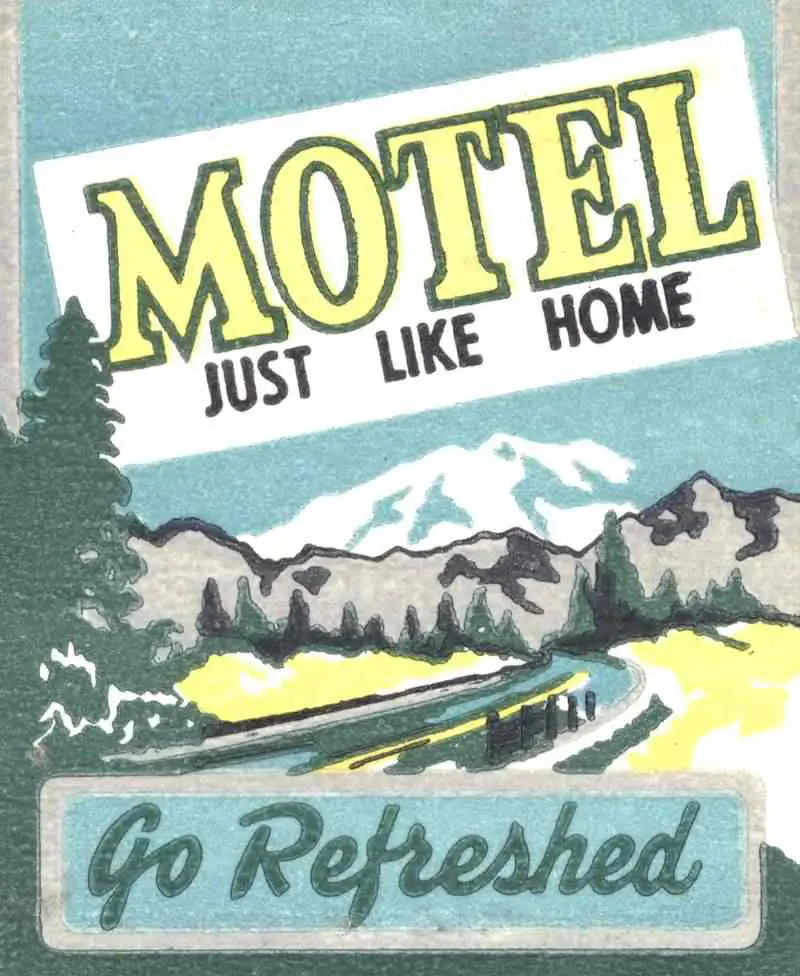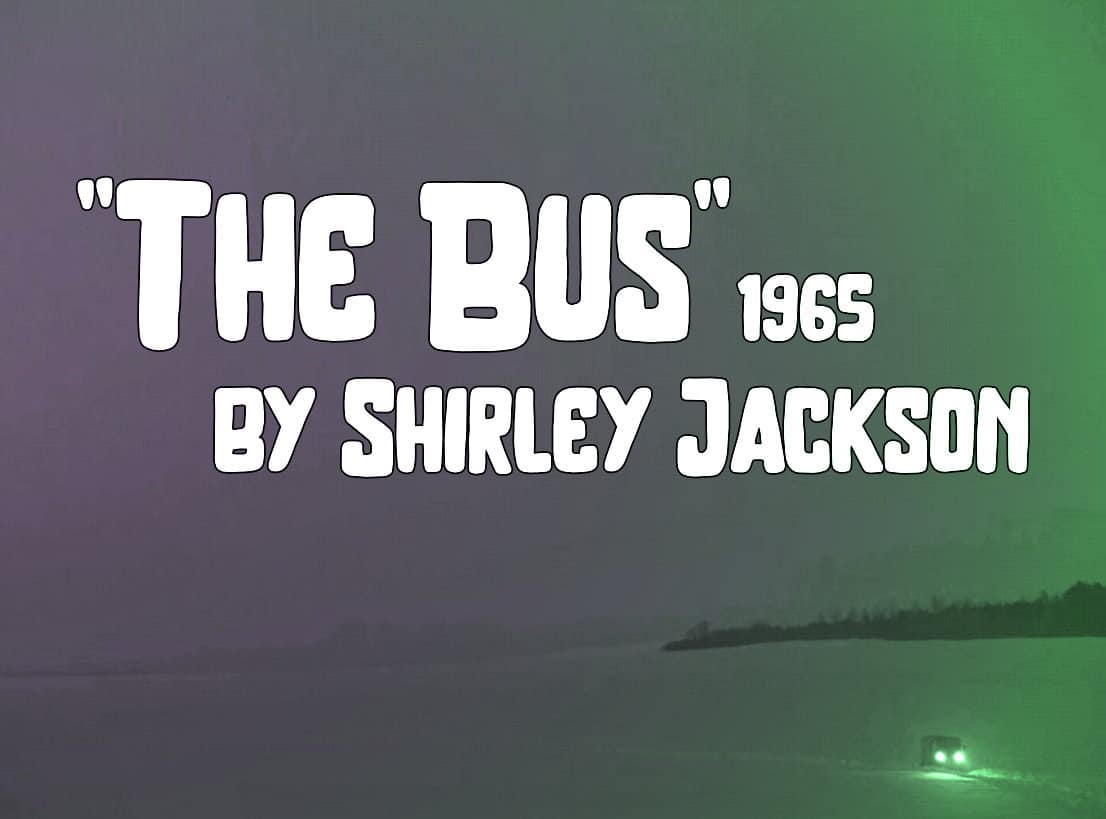I once read an article about why so few commuters were inclined to take the bus. This would have eased congestion in my home city. New Zealanders are notoriously wedded to their cars (which have only gotten bigger and bigger since the aggressive marketing of double-cab utes).
Sure, we like our cars. But there’s this thing called ‘bus anxiety’. When I read the list of ‘anxiety provoking factors’, I identified all of them in myself, a regular bus user at the time:
- Will the bus come on time?
- Am I at the right stop, and will this bus go where I need it to?
- Do I have an acceptable method of paying?
- Will there be somewhere for me to sit?
- If so, will I have to sit next to someone unpleasant?
The list went on. When I moved to Japan, I found the payment system of the late 1990s the most stress inducing of all. Some buses opened their front doors, other the back doors for you to get on. I could never remember which it was going to be. If you got on at the back, you took a ticket with a zone on it, and kept your eyes on the digital board of numbers at the front. This would tell you how much you had to pay by the time you got off. Like a taxi cab, the number kept rising. When you disembarked, you got off at the front, and on your way out, you dropped exact change into a large acrylic box with a slot in the top. The driver didn’t engage with travellers at all. He was there as an automaton.
The whole thing exceeded anxiety-inducing (especially when you don’t speak Japanese as a native language, and you’re unfamiliar with the local geography and you don’t have a smart phone or Google maps because those things haven’t been invented yet). It was spooky.
SETTING OF “THE BUS”
PERIOD
Shirley Jackson’s short story about a highly unpleasant bus journey taps into those anxieties and is set far earlier than my Japanese bus experiences of the 1990s. “The Bus” was published in March 1965.
DURATION
The story ostensibly takes place over a single evening and night, but this is a repeating story, so the night goes on interminably.
LOCATION
This story takes place in America, home of the road-trip horror. It could easily take place here in Australia, or in any number of countries with middles-of-nowhere.
ARENA
The entire story takes place between the bus station and the dodgy hotel at a place called The Rickets. Considering this is also the name of a horrible health condition, it’s aptly named, with connotations of disease. It happens because of vitamin D deficiency, and causes a softening and weakening of bones.
I’m not sure if this is a stretch, but a ‘softening and weakening of bones’ also describes elderly women, especially those who were elderly in the 1960s, who may have suffered food shortages as children and young adults.
MANMADE SPACES
The road is critical here, and this story is a story of its time. At time of writing, America had recently embarked upon construction of the NSIDH (National System of Interstate and Defense Highways). Construction lasted right through til the 1980s and changed American life forever.
It’s worth drawing a distinction between ‘roads’ and ‘trails’ when talking about road trip horror.
There’s a marked difference between what we might call a ‘trail’ journey and a journey which takes place on a highway or well-maintained road. The trail is for nomadic forms of travel. The nomad moves freely, both spatially and mentally. The road is for proscribed forms of travel. Leave the road and trouble will befall you.
NATURAL SETTINGS
I believe the ‘place where two roads meet’ is a symbolic crossroad. Crossroads have a long association with bad luck, evil and death.
WEATHER
It is raining, and perhaps this counts as pathetic fallacy. The wetness is also important to the plot because her state puts Miss Harper in an even more precarious position. I deduce she might die of exposure if left outside all night without shelter.
TECHNOLOGY CRUCIAL TO THIS PARTICULAR STORY
It’s the lack of technology which I think any contemporary person would find disconcerting, if plopped smack bang in the middle of Nowhere-1965. When Miss Harper spends ten dollars paying the truckies and another ten paying for her accommodation, she has only enough left over for her bus fare home. She has no way of accessing more of her money (even assuming she has more money). As a single woman, we can be confident she didn’t have a cheque book. (Here in Australia, at least, women couldn’t get a chequebook without their husband’s permission.) Plastic as backup was a long way off. If Miss Harper doesn’t get onto the correct bus next go around, she is literally stuck in the middle of nowhere and must rely on the kindness of strangers to get home.
LEVEL OF CONFLICT
Every single person in this story is unhelpful, unobliging and borderline aggressive. In my experience, it’s rare to have a day like that, but I’ve certainly had nightmares in which I’m trying to get home and no one is helping. In these nightmares, other people can feel like automata. Perhaps the brain doesn’t have enough space to fully ‘imagine’ fleshed out human strangers. Perhaps this is why dreams can feel populated by the faceless and nameless.
When James Dickey wrote Deliverance, he’d been inspired by a trip to the Chattooga River. Every local he encountered was super friendly and helpful. When writing his fictional horror story he inverted what he actually happened, asking himself, “What would’ve happened to us had the locals been mean?” The novel and film which followed don’t do the good people of Chattooga any favours, but from a storytelling point of view, it’s interesting to know how he came up with his premise. He took a series of pleasant encounters and inverted them.
THE EMOTIONAL LANDSCAPE
This is a short story version of a nightmare. It may also be a ghost story. There are certainly ghost tropes.
STORY STRUCTURE OF “THE BUS”
“The Bus” is, in essence, a road trip story. America is well-known for its road trip stories, which are 20th century takes on the old Odyssean mythic journey.
In storytelling, the road trip is a type of transgression. A traveller leaves home (known) and ventures into the unknown, where they will encounter The Other. These two basic groups go by various other names.
Travellers: Wanderers, radicals and nomads.
Home-bodies: Cave-dwellers, static, conservatives.
SHORTCOMING
Miss Harper is a ‘home-body’, an elderly woman just wanting to get home. She ‘had frequently complained to the bus company about their service’:
Although I am an elderly lady of modest circumstances and must curtail my fondness for travel, let me point out that your bus service falls far below…
“The Bus”
She’s clearly a sufferer of bus anxiety herself. Her letter is stilted and formal and she’s immediately easy to poke fun at.
I wonder if Shirley Jackson meant to invert the trope of the picaresque hero. Picaresque stories relates to an episodic style of fiction dealing with the adventures of a rough and dishonest but appealing hero. Miss Harper is the inverse of rough and dishonest, and also the inverse of ‘appealing’. We see that in the way other characters react to her.
Would the truckies have been irritated and scolding if Miss Harper been a beautiful young woman soaked to the bone, in need of rescue out in the middle of nowhere? I can guarantee she would not. Their hero fantasies would have kicked in.


But as we get to know Miss Harper, we may sympathise with her more. When anxious, it’s more difficult to be friendly, approachable and polite. It’s tempting to judge Miss Harper for being short with the guy selling bus tickets, but this anxiety is borne of prior experience. Shirley Jackson doesn’t give us any backstory into what those experiences might have been. We can deduce they were similar to this one. Miss Harper arrive in statu nascendi (without backstory). She’s a prim, school-marmish archetype and I feel I know here immediately. (For my money, she’s a retired primary school teacher.) For all we know, she’s been stuck in this bus-riding loop for years. She’s the ghost who travellers meet on dark, rainy highways in those urban legends about Disappearing Hitch-hikers.
If we categorise stories by the degree freedom (or entrapment) experienced by the main character, “The Bus” follows the pattern of Entrapment — Further Entrapment — (Metaphorical) Death. Often in these stories the main character descends into madness. It’s not a common pattern because it’s a pretty tough story to ‘enjoy’, but if you’re going to encounter it, you’ll most likely find it in the category of psychological horror.
It’s ‘Miss’ Harper, not ‘Mrs’. In the 1960s this was a vulnerable status. There was no equal pay act, no loans, no children in a society set up for familial social support. An older woman called ‘Miss’ has likely never married, never had children and although she’s just been on a trip to see someone called Stephanie, perhaps a niece. Whoever she is, Stephanie doesn’t live nearby. Miss Harper is, for all intents and purposes, alone in the world.
DESIRE
Miss Harper wants to get home after a visit to a different town. Shirley Jackson offers a few concrete details surrounding this wish:
She thought of a hot bath and a cup of tea and her own bed, and sighed.
“The Bus”
Later, once at the hotel, the hot bath is mentioned again. But this uncanny (un-home-like) hotel is very much not home-like:
The bathroom was wrong, too, but that was less important. Miss Harper had thought wistfully of a hot tub before bed, but a glance at the bathtub discouraged her; she could wait until she got home.
“The Bus”

OPPONENT
In these mythic journeys, the hero usually encounters a variety of characters, some friends, some foes. Occasionally you get this nightmarish plot in which literally no one is kind and helpful. First there’s the guy who sells the tickets. It seems pretty clear that it’s actually Miss Harper who provokes his unfriendly response. She’s curt with him, due to her own anxiety.
Next there’s the bus driver, forcing her off the bus and complaining that he’s not an alarm clock. Noteworthy: Just look at how many times Shirley Jackson belabours that line. It goes against my instinct to write the same thing that many times in a short story or article. Writers are consistently told that we should trust readers to pick something up; there’s no need to repeat it. The bus driver says not once, not twice but five times a variation on “She thinks I’m an alarm clock.”
So this is deliberate repetition. And because this is Shirley Jackson, I knew it was for a very good narrative reason. The reason becomes clear at the end: This is the bus journey with no end. The guy might as well be a wind-up automaton, chirping the line about the alarm clock like a mechanical cuckoo. When he first said it, I thought, “I bet he’s used that line a number of times before.”
Later, as Miss Harper stands at the crossroad, the truck drivers scold her for almost ‘killing herself’. Though she’s soaking wet, there’s no sympathy extended. Instead, her wetness means they almost leave her where she is. Although this is set in summer, hypothermia is a real threat.
Did anyone else read the following and think, “Oh, she’s met up with Louisa, from “Louisa, Please Come Home?”
For a minute, bewildered by sleep, she clutched at her hat, and then said vaguely. “Who?” “Go back to sleep,” a young voice said, and giggled. ”I’m just running away from home, that’s all.”
“The Bus”
Of course, he didn’t know I was running away. I told him what I had told my parents. I was going downtown to get away from all the noise. He wanted to come with me. But I ran for the bus and left him standing there.
“Louisa, Please Come Home“
PLAN
Miss Harper has taken a sleeping pill before embarking upon her trip. Expecting an unpleasant journey, she planned to sleep through it. Unfortunately this backfires.
THE BIG STRUGGLE
The entire story comprises the struggle of getting back home. These struggles typically increase in their intensity until taking the main character to the edge of death, at which point they learn something about themselves. Miss Harper is ‘almost killed’ (literally) when she beckons the passing truck at the crossroads. But this is not her metaphorical death. This comes later when she returns to a house which looks very much like her childhood house, but is not. She is horrified at how it has ‘changed’ (even though it’s not the same house, but one built on a very similar template).
Why has Shirley Jackson taken Miss Harper to a hotel which looks very much like the house of her childhood? She’s messing with time. Although Miss Harper isn’t ‘descending into madness’ (unlike most aforementioned Entrapment — Further Entrapment — Death stories) she is losing her grip on the arrow-like passing of linear time.
Shirley Jackson didn’t live to be an old woman herself. She didn’t even make it to 50. (She died in her sleep of a heart attack at the age of 48.) But I can confirm that even in your 40s, you start to feel time is working a bit differently than how it felt as a kid (slowly), in your 20s (also slowly, but terrifyingly quick in hindsight) and in your 30s (still more quickly again).
When storytellers take elderly characters back to childhood memories, they are typically preparing them (and us) psychologically for death. The trope of elderly people returning to a childlike state is hardly unique to this story.
ANAGNORISIS
Miss Harper’s aloneness doesn’t seem to bother Miss Harper, until she’s lying in bed at the dodgy hotel, thinking of how no one knows where she is. No one would come to her rescue.
NEW SITUATION
Miss Harper seems to be stuck in a time slip. The tentpole ‘time slip’ story these days is the movie Groundhog Day. But Phil Connors can get out of his time slip. He just needs to start being nice to people. For Miss Harper there is no way out. She’s tried being polite to people against her own emotions, yet here she still is.
EXTRAPOLATED ENDING
There’s no escaping the passing of time. There’s no escaping death.
Oftentimes storytellers utilised trains to symbolise the passing of time. In this case it happens to be a bus.
RESONANCE
This story is a unique and original amalgamation of several resonant and popular tropes. Road stories will never go out of fashion, if the longevity of journey stories in general is anything to go by.
Then there’s the ‘getting lost in the middle of nowhere and encountering ghosts’ story. The characters in “The Bus” may not be ghosts as such, but when Miss Harper psychically returns to her childhood home, they might as well be ghosts. If anything, Miss Harper herself did, in fact, get skittled by the truck at the crossroads, which split reality into two. Instead of dying, she’s now a ghost and she’s been taken to a ghost hotel.
“Hotel California” by The Eagles is a standout example of a hotel which never lets you leave, but we see this plot all over the place, including in stories for kids e.g. Courage The Cowardly Dog.
FURTHER READING
Another short story which juxtaposes elderly and young is “See Saw“, one of Katherine Mansfield’s lesser-celebrated stories. It’s interesting mainly because the structure of the story emulates the up-and-down motion of a see-saw. (Meaning derives from the structure as well as in the theme, plot, characterisation and so on.)
But it’s another of Mansfield’s short stories which is more like the plot of Shirley Jackson’s “The Bus”. “The Little Governess” is another story about a vulnerable woman travelling alone. It’s an inversion on this one, in a couple of ways: “The Little Governess” is at the other end of her adult life, a young woman stepping out into the world. Moreover, The Little Governess is setting out from home rather than returning to her point of origin. In both stories, women navigate scary public transport and must rely upon the ‘kindness’ of strange men.
A collection of artwork with buses. You can see how buses have evolved over time. (The earliest illustrations I found were open air.)
The header graphic utilises a screenshot from the film Cold War (2018).

